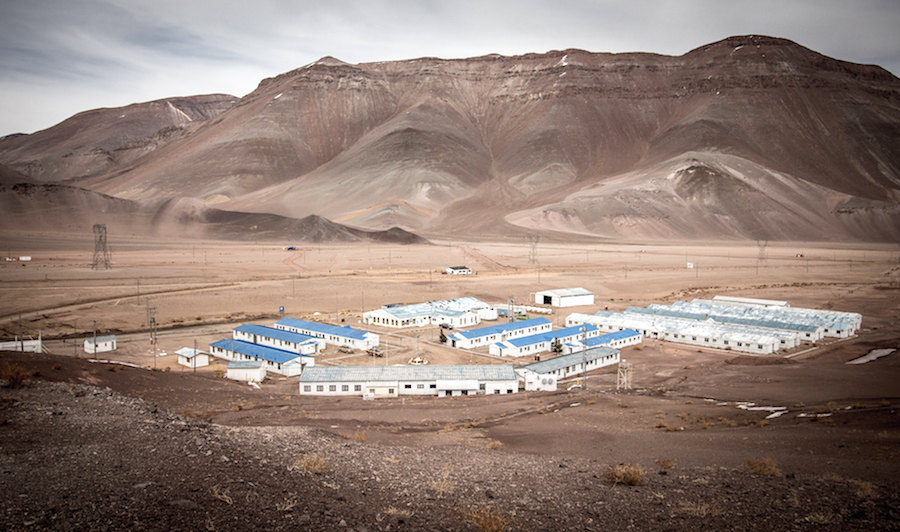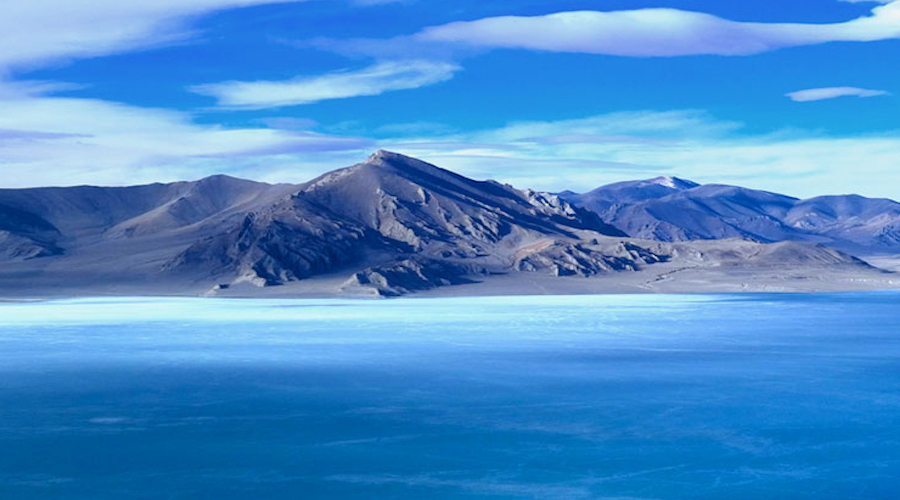Kinross mulls options to resume long-term operations in Chile

Canadian miner Kinross Gold (TSX:G) (NYSE:KGC) is evaluating options for returning to long-term production in Chile, the world’s top copper miner, where the company already has two key assets.
One alternative the company is very keen on is resuming mining at its La Coipa gold and silver mine, located in Chile’s northern Atacama Region, it said while delivering first quarter results on Tuesday.
Alternatives include restarting the La Coipa gold and silver mine, idled since 2013
Kinross halted operations at La Coipa in 2013, when the targeted orebody run out of riches. But the results of a pre-feasibility study (PFS), completed in 2015, lead Kinross to evaluate extending the mine life through the so-called Phase 7, which has an expected initial investment of $200 million.
According to that study, the mine is expected to generate a 20% internal rate of return during the expected 5.5 year mine life at an assumed gold price of $1,200 per ounce, with average annual production of 207,000 ounces gold equivalent and average all-in sustaining costs of $767 per ounce of gold equivalent.
Last year, Kinross agreed to pay $65 million for the 50% of the Phase 7 deposit it did not already own and gain full ownership and related mining rights.
The transaction followed studies that allowed Kinross to add 844,000 ounces of gold and 34 million ounces of silver in 2017 to mineral reserve estimates from the Phase 7 and Purén deposits, which comprise the La Coipa Restart project.
The miner’s other option is the Lobo-Marte gold project, which it describes as one of the highest grade deposits in the Maricunga [gold] district.
Kinross’s other option is the Lobo-Marte gold project, which it describes as “one of the highest grade deposits in the Maricunga district”.
Kinross said the completed scoping study for that project, which it acquired in 2009 from Teck Cominco and certain subsidiaries of Anglo American, showed “encouraging results” for a potential return to long-term production in the South American country.
Lobo-Marte would begin production after the La Coipa restart, the company said.
Kinross used to have another mine in northern Chile, Maricunga, where the country’s environmental watchdog (SMA) ordered the closure of the wells serving the operation in 2016. The company halted all extraction, grinding and stockpiling of ore and laid off 300 people that year.
It also challenged the ruling in Chile’s environmental tribunal and then in the country’s highest court.
Late last year, the Supreme Court backed the original order, pointing to the “inadequate management of unforeseen environmental impacts on the Pantanillo-Ciénaga Redonda basin,” in the Atacama desert.
The Maricunga mine accounted for 8% of the miner’s total gold production in 2015.
{{ commodity.name }}
{{ post.title }}
{{ post.date }}

Comments